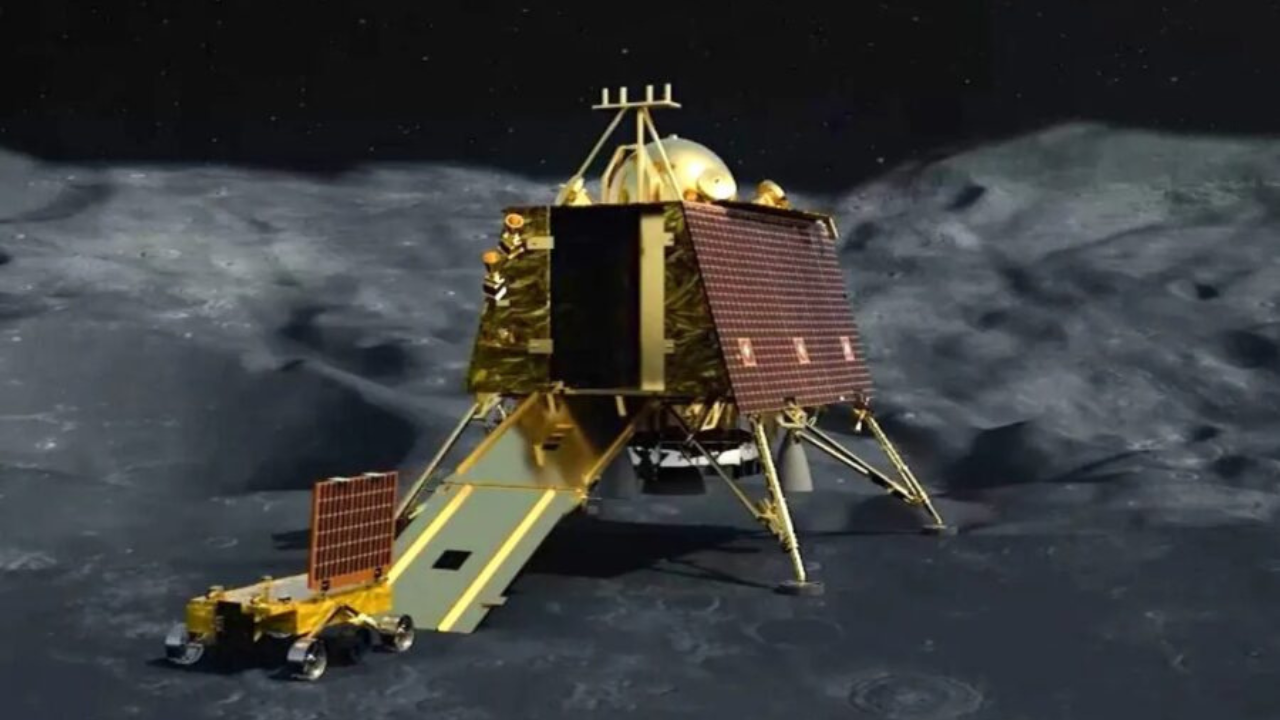
India’s Next Lunar New Mission Aims
Chandrayaan-5 Mission: India’s Next Leap in Lunar Exploration
Centre Approves Chandrayaan-5 Mission
The Government of India has officially approved the Chandrayaan-5 mission, marking a significant step forward in the country’s lunar exploration ambitions. Indian Space Research Organisation (ISRO) Chairman V Narayanan announced the approval at an event where he was felicitated for assuming the top role.
The Chandrayaan-5 mission aims to build on the success of its predecessor, Chandrayaan-3, which made history by landing near the Moon’s south pole. Unlike Chandrayaan-3, which carried the 25-kg rover Pragyan, the upcoming mission will carry a 250 kg rover, making it the heaviest rover deployed by India to date.
Mission Objectives: What Chandrayaan-5 Hopes to Achieve
The Chandrayaan-5 mission is designed to deepen India’s understanding of the Moon’s surface, composition, and potential resources. The mission’s primary objectives include:
- Surface Analysis: The 250 kg rover will be equipped with advanced scientific instruments to analyze the lunar soil and map the mineral and chemical composition.
- Exploration of Water Ice: The mission will search for water ice, a critical resource for future lunar colonization and space missions.
- Technological Advancements: ISRO aims to test and validate new technologies for precise landing, navigation, and communication systems.
- Longer Operational Time: With enhanced battery capacity and solar panels, the rover is expected to operate for an extended duration compared to its predecessors.
Chandrayaan Missions: A Glorious Legacy
India’s Chandrayaan missions have been pivotal in shaping its lunar exploration program.
- Chandrayaan-1 (2008): India’s first mission to the Moon, it successfully conducted chemical, mineralogical, and photo-geologic mapping, confirming the presence of water molecules on the lunar surface.
- Chandrayaan-2 (2019): Though it was only 98% successful, the mission’s orbiter continues to send valuable data, offering insights into lunar topography and exosphere.
- Chandrayaan-3 (2023): India’s most successful lunar mission to date, Chandrayaan-3 made a historic soft landing near the Moon’s south pole, making India the first nation to achieve this feat.
Chandrayaan-5 aims to build on these accomplishments, further advancing India’s space capabilities.
Technological Upgrades in Chandrayaan-5
The upcoming mission will feature several technological upgrades, including:
- Larger and Heavier Rover: Weighing 250 kg, the rover will have more advanced instruments, enabling detailed scientific analysis.
- Improved Mobility: The rover will have enhanced suspension and mobility systems to traverse the Moon’s rugged terrain.
- Enhanced Power Supply: The mission will utilize larger solar panels and a more robust power storage system, allowing the rover to function for a longer duration.
- Precision Landing: The lander will be equipped with improved navigation and hazard avoidance technology to ensure a smoother and more accurate landing.
ISRO’s Future Space Missions
ISRO Chairman V Narayanan also highlighted the organization’s ambitious plans for the coming years, which include:
- Gaganyaan Mission: India’s first human spaceflight mission aims to send a crew of three astronauts into low Earth orbit.
- Bharatiya Space Station: Plans are in place to establish India’s own space station, named Bharatiya Space Station, which will enhance the country’s presence in space exploration.
- Interplanetary Missions: ISRO is also planning future missions to study Mars and Venus, solidifying its position in the global space community.
Significance of Chandrayaan-5 for India
The approval of Chandrayaan-5 reflects India’s growing capabilities in space exploration. The mission will:
- Boost Scientific Research: The data collected will enhance scientific understanding of the Moon’s geology and resources.
- Inspire Technological Innovation: The mission will foster advancements in robotics, navigation, and communication technologies.
- Strengthen Global Space Presence: With successful lunar missions, India continues to position itself as a key player in the global space industry.
- Encourage Private Sector Collaboration: The mission is expected to involve collaborations with private space-tech firms, boosting India’s commercial space sector.